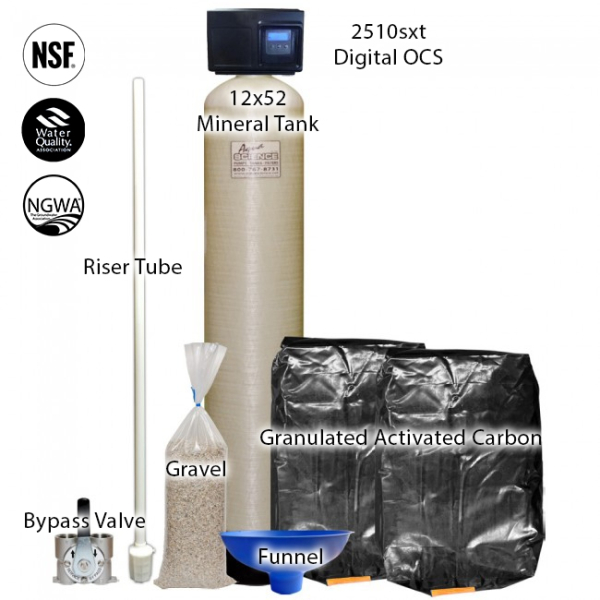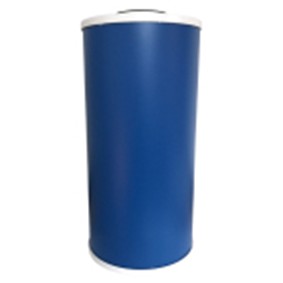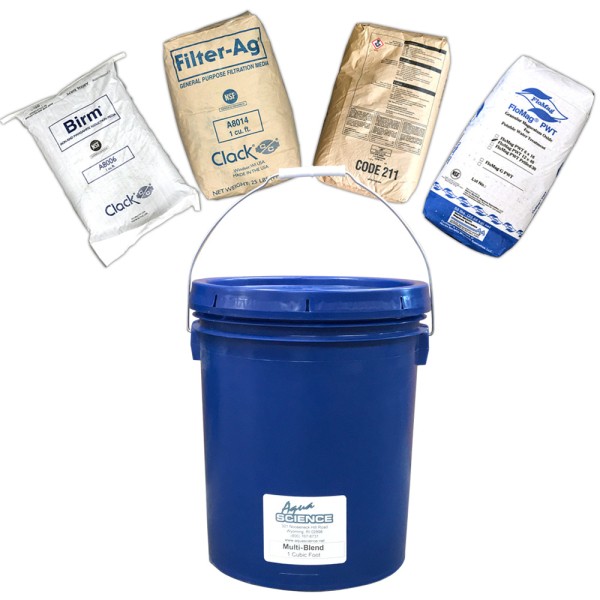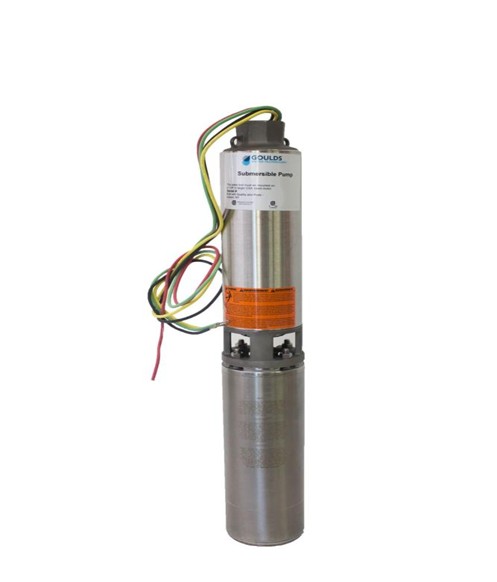
Granulated activated carbon (GAC) filters are commonly used in domestic drinking water treatment systems to remove contaminants, including per and polyfluoroalkyl substances (PFAS). Here's how GAC filters work against PFAS in domestic drinking water:
Mechanism of Action:
1. Adsorption: The primary mechanism by which GAC filters remove PFAS is adsorption. When water passes through the GAC filter, the porous surface of the carbon attracts and traps the PFAS molecules. This process effectively removes PFAS from the water, reducing their concentration.
Effectiveness:
1. High Removal Efficiency: GAC filters are generally effective at removing a wide range of organic contaminants, including PFAS. Studies have shown that GAC can achieve significant removal rates for various PFAS compounds.
2. Variable Removal Rates: The effectiveness of GAC in removing PFAS can vary depending on factors such as the specific types of PFAS present, the concentration of PFAS in the water, and the contact time between the water and the GAC.
Considerations:
1. Replacement: Over time, the GAC in the filter can become saturated with contaminants, reducing its effectiveness. Regular maintenance, such as replacing the GAC, is necessary to ensure the continued removal of PFAS and other contaminants.
2. Optimal Conditions: To maximize the removal of PFAS, the GAC filter must be operated under optimal conditions. This includes maintaining proper flow rates, contact time, and pH levels.
3. Pre-Treatment: In some cases, pre-treatment of water may be necessary to enhance the performance of GAC filters against PFAS. This could involve adjusting pH levels or adding coagulants to help remove particulate matter that might interfere with adsorption.
Limitations:
1. Selective Removal: While GAC filters are effective against many PFAS compounds, they may not remove all types equally well. GAC might less efficiently adsorb some PFAS compounds with specific chemical properties.
2. Capacity: GAC filters have a limited capacity for adsorbing contaminants. In areas with high concentrations of PFAS or continuous exposure, the filter may reach its saturation point more quickly, requiring more frequent replacement or regeneration.
Conclusion:
In conclusion, granulated activated carbon (GAC) filters can effectively remove per- and polyfluoroalkyl substances (PFAS) from domestic drinking water. They work through adsorption, trapping PFAS molecules on the surface of the carbon. While generally effective, the efficiency of GAC filters against PFAS can vary, and proper maintenance and operation are crucial for optimal performance. When using GAC for PFAS removal, it's important to consider the specific types of PFAS present, the concentration in the water, and the longevity of the filter.
The water professional at Aqua Science is well-schooled in ensuring the best filtration system








Validate your login